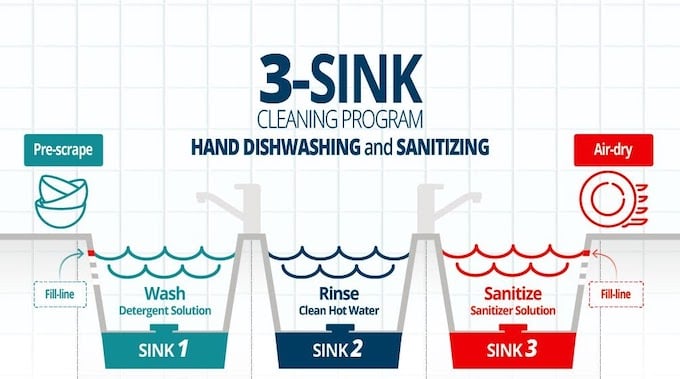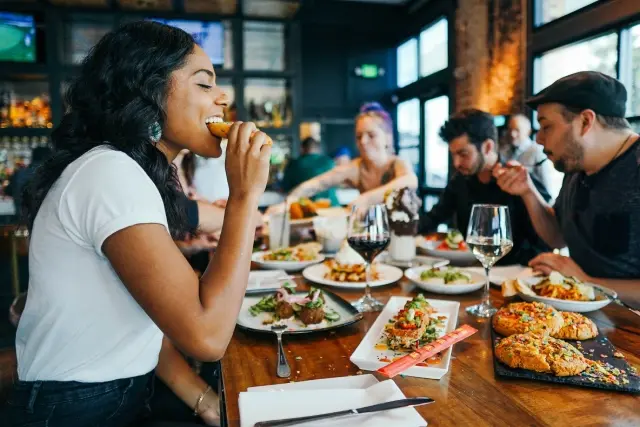Here at Workstream, we aim to provide you with the information you’ll need to survive the tough times ahead caused by the ongoing coronavirus pandemic. We’ve talked about the best loan options, potential food delivery service partners, restaurant safety protocols and guidelines - and today we’ll touch on restaurant sanitization and the best options for sanitizer solution for restaurants.
In a recent study conducted by scientists from the National Institutes of Health, the coronavirus has been found to survive on non-porous surfaces like plastic, and stainless steel for up to 72 hours. This finding makes it absolutely critical that all contact surfaces in a restaurant be properly sanitized, in order to kill off pathogens and limit transmission during food processing and serving. Also, according to the FDA’s Food Code, contaminated equipment in food service is one of the major risk factors that contribute to foodborne illness.
Sanitizing Process
It’s important to note that there is a proper multi-step process to best sanitize dishes and equipment in commercial kitchen.
The five-step process is as follows:
-
Pre-clean
Scrape off all particles (or food “soil”) from the surface of your tools and food-processing equipment. Oils or grease can actually prevent sanitizers from effectively cleaning your equipment .
-
Wash Soak and wash in the first compartment of your restaurant sink for at least 30 seconds. Water must be at least at least 171˚F (77˚C), or you can run items through a high-temperature dishwasher.
-
Rinse Move equipment to the second compartment of your sink and rinse them off with clean, warm water. If using the dipping method, make sure to replace the water often.
-
Sanitize Clean with a combination of water and chemical sanitizer solution for restaurants. This process will help kill off up to 99% of all pathogens.
-
Dry Let your equipment and tools air-dry. Do not pat or wipe dry as the cleaning aids you will use may transfer pathogens once again if not sanitized properly.
Types of Sanitizers
There are many different kinds of surface sanitizer solutions for restaurants out there - and yes, not all of them are created equal. Some restaurant sanitizing solutions or hand sanitizers cannot be used on food-contact surfaces like countertops or dispensers because they are too corrosive, too toxic, or simply too expensive for regular use. Here’s a breakdown of the three most common sanitizing chemicals used in restaurants, and some of the pros and cons for each.
| CHEMICAL SANITIZERS | ADVANTAGES | DISADVANTAGES |
| Chlorine |
|
|
| Iodine |
|
|
| Quaternary Ammonium |
|
|
So how do you choose which sanitizer solution for restaurants is the best one for you according to the food safety?
-
Check which restaurant sanitizing solutions are allowed by your local regulatory authority
-
Contact suppliers and see which is the most readily available to you
-
Do your costing to determine which is more practical for your budget in the long run
-
Determine your restaurant’s specific needs and match to the most appropriate sanitizer






